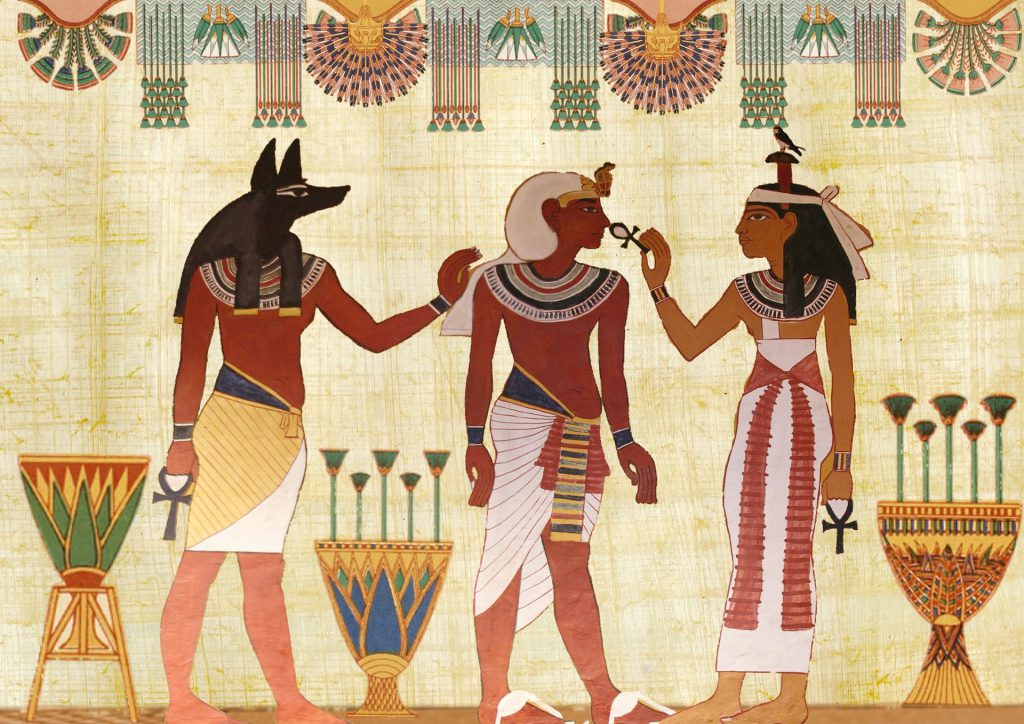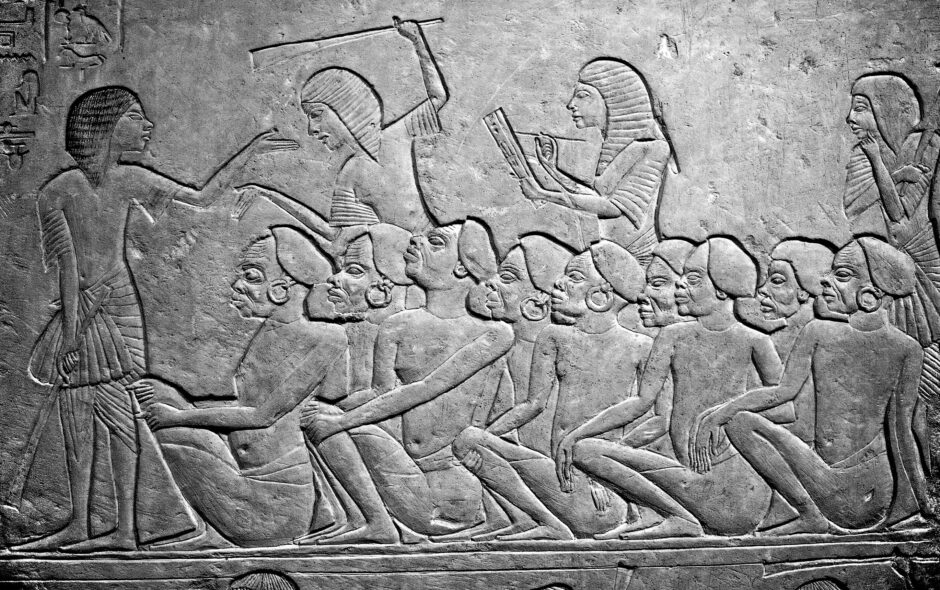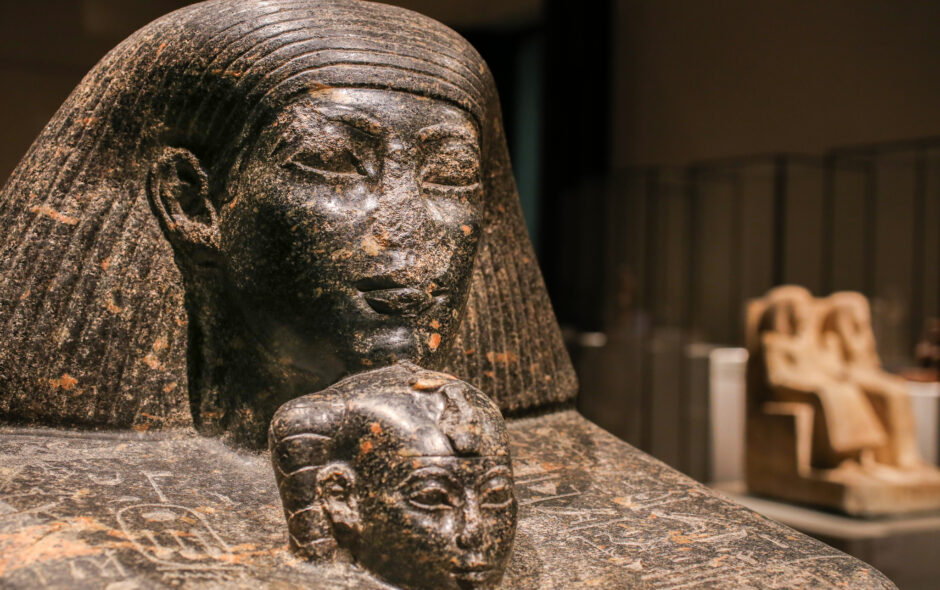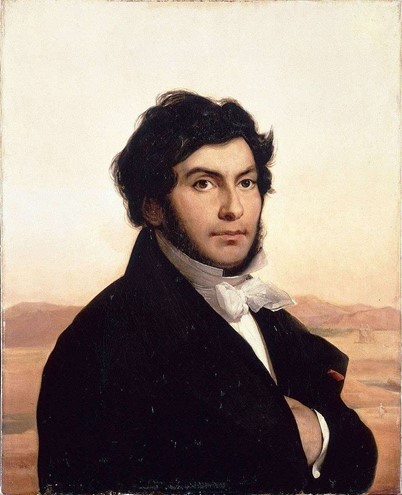‘The King and her Children’ my first book, was published in 2018 and is the story of Hatshepsut the Egyptian princess who made herself pharaoh. But there are many mysteries surrounding her which Egyptology alone is unlikely to solve, especially as we are talking 3,500 years ago.
Hatshepsut had a successful reign and was buried with honour, but 30 years after her death, her statues were ruthlessly smashed and buried and her name removed from all her monuments.

What had she done?
The story of Hatshepsut lends itself to a historical novel, and there are many, but how to find out the truth?
It is interesting to note that the geographical area and the time period covered by Ancient Egypt, roughly 3,000 BCE to 30 CE, covering Egypt and the Levant, is remarkably similar to that of the biblical record.
And this combined information is not true of any other records we have. So it is logical that they should be considered together. And when we do this, it becomes apparent that Egypt had a very good reason for destroying Hatshepsut’s memory. She had adopted a slave child and given him the status to wreak havoc on Egypt.
Continue reading →

